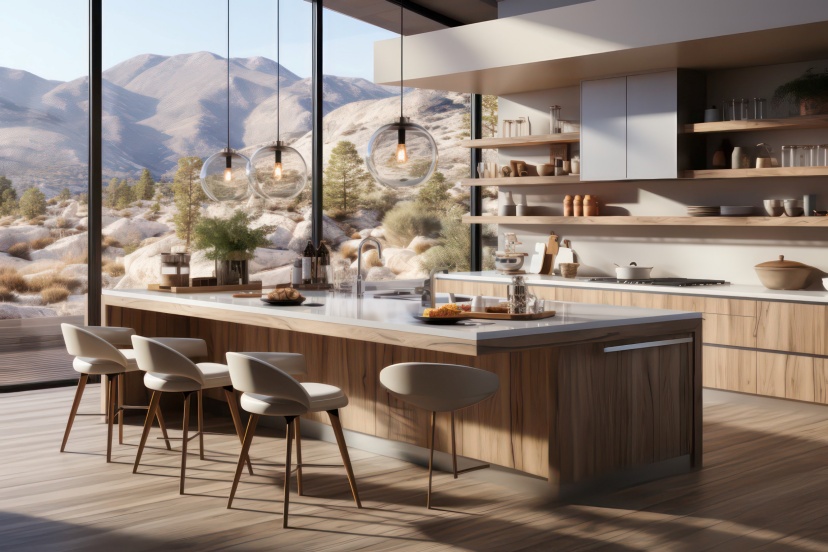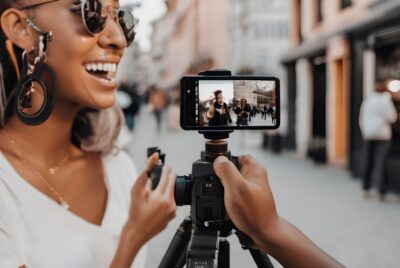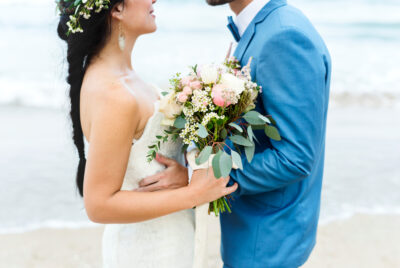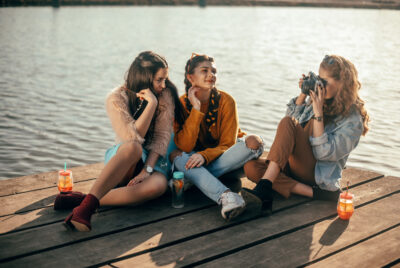Open Homes Photography: Unlocking the Art
1. Introduction: The Allure of Open Homes Photography
In the fast-paced world of real estate, where first impressions matter most, open homes photography stands as a powerful tool. It’s the art of capturing a property’s essence and potential through compelling photographs. As we delve into this guide, I invite you to explore the captivating realm of open homes photography—a craft that demands attention to detail, a keen eye for aesthetics, and the ability to tell the story of a home.
Defining Open Homes Photography
Open homes photography is the practice of visually presenting homes that are available for sale. It’s about showcasing a property’s unique features, capturing its ambiance, and inviting potential buyers to envision themselves within its walls.
Why Open Homes Matter
In today’s real estate landscape, where online listings reign supreme, open homes photography is not merely a luxury but a necessity. High-quality visuals can make or break a property listing, influencing a buyer’s decision to schedule a viewing or move on to the next option.
2. The Art of Interior Photography
The Intricacies of Interior Photography
Interior photography, a crucial component of open homes photography, presents its own set of challenges and rewards. Unlike outdoor landscapes, interiors require careful attention to lighting, composition, and space utilization.
Creating a Connection
Great interior photography has the power to evoke emotions and create a sense of connection with viewers. It invites them to imagine themselves living in the space, making it a potential home.
2.1. Lighting Magic
Natural vs. Artificial Lighting
The choice between natural and artificial lighting profoundly impacts interior photography. Natural light can create warm, inviting atmospheres, while artificial lighting offers precise control over highlights and shadows.
Lighting Techniques
Mastering lighting techniques is essential for achieving optimal results in open homes photography. Strategies like bounce flash and diffused lighting can enhance the visual appeal of interior shots.
3. Essential Gear and Settings
Choosing Your Equipment
While you don’t necessarily need the most expensive gear, having the right tools can significantly improve your open homes photography. A DSLR or mirrorless camera with interchangeable lenses is ideal for the job.
Mastering Camera Settings
Understanding your camera’s settings is key to capturing stunning interior photographs. Adjustments to aperture, shutter speed, and ISO allow you to control exposure and depth of field.
3.1. Tripods and Stability
The Role of Tripods
Tripods play a crucial role in maintaining stability, especially in low-light conditions where longer exposures are required. A sturdy tripod is a valuable asset for interior photography.
Long Exposures and HDR
In challenging lighting situations, such as rooms with bright windows and dark interiors, techniques like long exposures and High Dynamic Range (HDR) photography can help you achieve balanced results.
4. Framing and Composition
Composing Your Shots
Effective composition is essential in open homes photography. It involves framing your shots to highlight a property’s best features and create visually engaging images.
Showcasing Space
Strategies like wide-angle lenses and careful positioning can help showcase the spaciousness and flow of open homes. Creating an inviting atmosphere is key.
4.1. Decluttering and Staging
Preparing the Space
Before photographing an open home, ensure the space is tidy and clutter-free. Remove personal items and distractions to present a clean canvas for your photographs.
Adding Life to Interiors
Strategic placement of props, furniture, and decor can breathe life into interior shots. Staging the space to suit the target audience’s preferences is a smart move.
5. Telling a Home’s Story Through Photos
Storytelling in Real Estate
Open homes photography is more than just taking pictures; it’s about telling a story. Each photograph should convey the lifestyle and potential of the property.
Inviting Views
Capture angles that invite viewers to explore the property further. Showcase features that make the home unique, such as a cozy reading nook or a spacious kitchen.
5.1. Room-by-Room Shots
Mastering Each Space
Approach each room with a fresh perspective. Highlight the room’s distinctive characteristics, whether it’s a luxurious master suite or a charming breakfast nook.
Creating a Visual Journey
Arrange your shots in a way that leads viewers through the home, mimicking the experience of walking through it in person. Flow and continuity are key.
6. Challenges and Solutions
Dealing with Limited Space and Odd Angles
Open homes can vary in size and layout, presenting photographers with unique challenges. Adapt your approach to make the most of the available space.
Handling Challenging Lighting Situations
Balancing natural and artificial light can be tricky, especially in homes with large windows. Techniques like exposure blending can help maintain realism.
6.1. Post-Processing and Editing
Enhancing Your Shots
Post-processing is an essential step in refining your open homes photographs. Adjustments to color, contrast, and sharpness can enhance the final image.
Maintaining Realism
While editing can enhance a photo, it’s important to maintain realism. Avoid over-editing, as potential buyers should see an accurate representation of the property.
7. Showcasing Open Homes
Creating an Impactful Online Presence
Leverage online platforms, such as websites and social media, to showcase your open homes photography. High-quality images can attract potential buyers and generate interest.
Print Collaterals and Property Brochures
In addition to online marketing, consider producing printed materials like brochures and flyers. These tangible assets can leave a lasting impression on potential buyers.
8. Conclusion: The Power of Open Homes Photography
In closing, open homes photography is a dynamic and rewarding field that allows you to capture the essence and potential of properties. By mastering the art of interior photography and understanding the nuances of showcasing homes effectively, you can become a valuable asset in the real estate industry.
9. FAQs
9.1. What distinguishes open homes photography from other photography genres?
Open homes photography focuses specifically on capturing properties for sale, emphasizing their unique features and potential.
9.2. Do I need expensive gear to excel in open homes photography?
While high-end equipment can be beneficial, skill and technique often matter more than the cost of your gear. You can achieve impressive results with the right knowledge.
9.3. How can I make small spaces look more appealing in photographs?
Strategic composition, lighting, and decluttering are key to making small spaces appear more spacious and appealing in photographs.
9.4. What are the best practices for editing open homes photographs?
Editing should enhance, not misrepresent, the property. Focus on color correction, contrast, and maintaining the property’s authentic appearance.
9.5. How can real estate agents effectively incorporate open homes photography into their marketing strategies?
Real estate agents can use this to create visually engaging listings that attract more potential buyers. High-quality images are essential for online and offline marketing efforts.
Further Reading
Check out our other relevant articles:
Air Freshener Camera: Enhancing Security and Discreet Monitoring
Real Estate Drone Photography: Capturing Properties from New Heights
Best Light Bulb Security Camera: Enhancing Home Security with Smart Lighting
Monthly Prize Draw: FREE with Chances to Win $100 Amazon Vouchers!
- PhotographyTalk – Real Estate Photography Tips – This comprehensive guide offers valuable tips and techniques for real estate photography, including open homes photography. It covers topics such as lighting, composition, and equipment recommendations.
- Real Estate Photography School – Blog – This blog is a treasure trove of educational content related to real estate photography, including insights into open homes photography. It provides articles, tutorials, and resources to help photographers excel in this niche.




